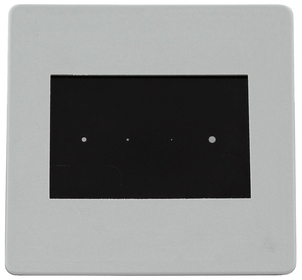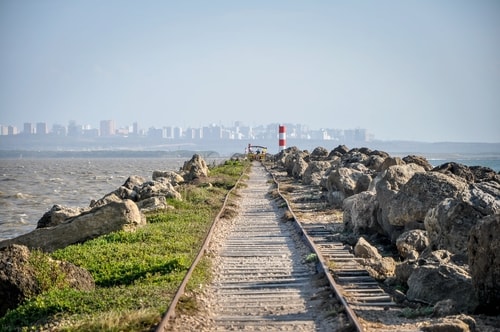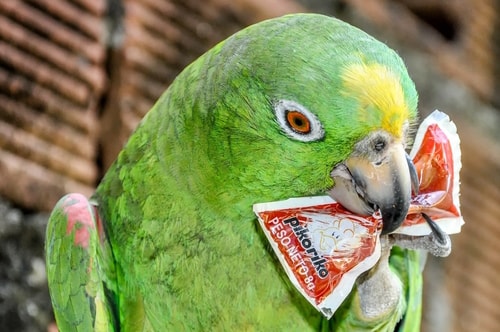GENERAL DESCRIPTION
Colombia is a country at the northern tip of South America. It's landscape is marked by rainforests, Andes mountains and numerous coffeee plantations. In the high-altitude capital, Bogotá, the Zona Rosa district is known for its restaurants and shops. Cartagena, on the Caribbean coast, has a walled colonial Old Town, a 16th-century castle and nearby coral reefs.
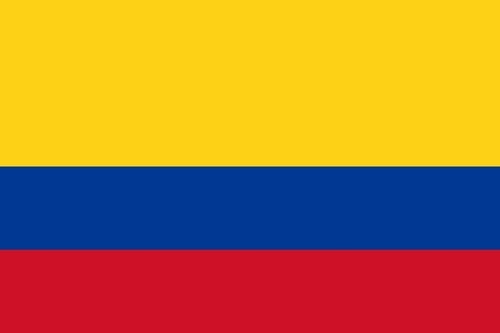
COUNTRY FACTS
POPULATION
46,039,000
RELIGION
Roman Catholic
CAPITAL
Bogotá (7,594,000)
LIFE EXPECTANCY
71
GDP PER CAPITA
U.S. $6,100
AREA
1,141,748 square kilometers (440,831 square miles)
LANGUAGE
Spanish
LITERACY PERCENT
93
FABIO'S REVIEW
LOCATIONS EXPERIENCED
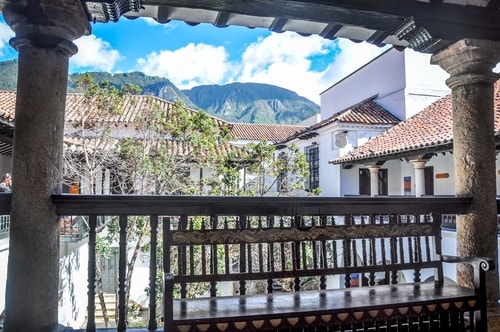
BOGOTA
Bogotá is Colombia’s sprawling, high-altitude capital. La Candelaria, its cobblestoned center, features colonial-era landmarks like the neoclassical performance hall Teatro Colón and the 17th-century Iglesia de San Francisco. It is also home to popular museums including the Museo Botero, showcasing Fernando Botero's art, and the Museo del Oro, displaying pre-Columbian gold pieces.
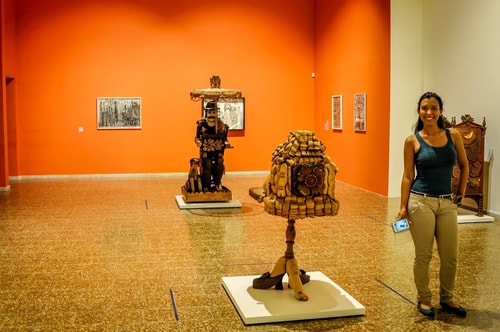
CALI
Cali is a Colombian city in the Valle del Cauca department, southwest of Bogotá. It is known for salsa dancing (there are many clubs in the suburb of Juanchito). In Cali’s oldest quarter, the neoclassical San Pedro Cathedral houses paintings of the Quito School. Nearby is the 18th- and 19th-century San Francisco Religious Complex. La Merced Chapel is where the first mass was held after Cali was founded in 1536.
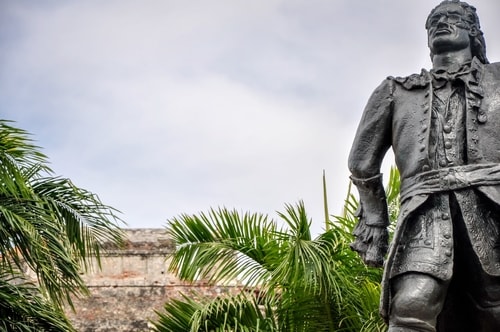
CARTAGENA
Cartagena is a port city on Colombia’s Caribbean coast. By the sea is the walled Old Town, founded in the 16th century, with squares, cobblestone streets and colorful colonial buildings. With a tropical climate, the city is also a popular beach destination. Reachable by boat are Isla de Barú, with white-sand beaches and palm trees, and the Islas del Rosario, known for their coral reefs.
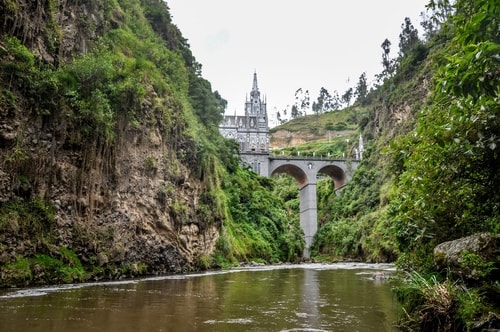
IPIALES
Ipiales is located on the high plateau called "Tuquerres e Ipiales." It is known for its proximity to Las Lajas Sanctuary, a Catholic pilgrimage site. One of the biggest festivals is called the "Black and White Carnival": during this event, people from Ipiales celebrate racial diversity, painting each other with make-up and a white soap called careoca.
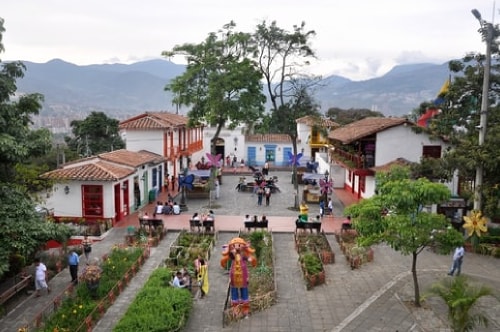
MEDELLIN
Medellín is the capital of Colombia’s mountainous Antioquia province. Nicknamed the “City of Eternal Spring” for its temperate weather, it hosts a famous annual Flower Festival. Modern metrocables link the city to surrounding barrios and offer views of the Aburrá Valley below. Sculptures by Fernando Botero decorate downtown's Botero Plaza, while the Museo de Antioquia displays more of the Colombian artist’s work.
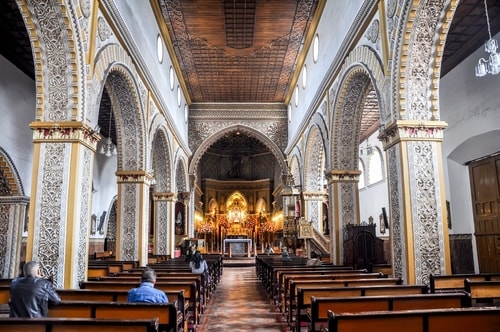
PASTO
Pasto is a city in western Colombia known for its Blacks and Whites Carnival. The Carnival Museum houses giant figures used in the celebratory parades. The colonial, Moorish-influenced Temple of St. John the Baptist sits beside central Nariño Square. The Banco de la República Gold Museum displays pre-Columbian artifacts. Southwest of Pasto is Las Lajas Sanctuary, a Gothic church built into a gorge.
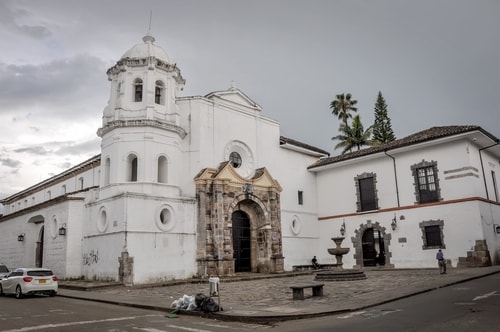
POPAYAN
Popayán is a city in western Colombia, southwest of Bogotá. It's known for its whitewashed colonial buildings and as a religious center with popular Holy Week processions. The city's many churches include the domed, neoclassical Cathedral Basilica of Our Lady of the Assumption and the 17th-century Church of La Ermita. In the city’s heart, tree-shaded Caldas Park is home to a 17th-century clock tower.
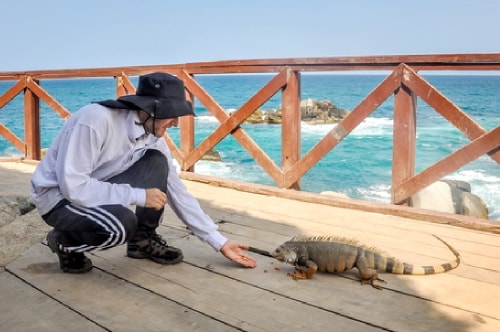
SANTA MARTA
Santa Marta is a city on the Caribbean Sea, in the northern Colombian department of Magdalena. A busy port, it was also the first Spanish settlement in Colombia. It is the gateway for trips into the Tayrona National Natural Park, and for multiday guided treks to the Lost City (Teyuna) archaeological site in the Sierra Nevada mountains.
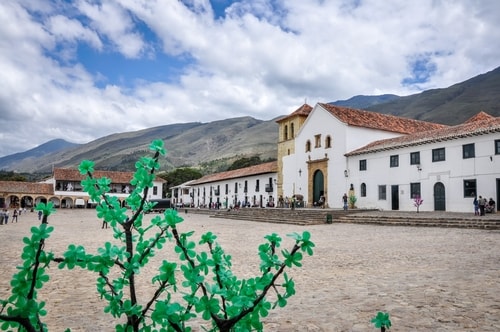
VILLA DE LEYVA
Villa de Leyva is a Colombian town northeast of Bogotá. It is known for its whitewashed colonial buildings, cobbled lanes and vast Plaza Mayor. On that square are the early 17th-century Our Lady of the Rosary church and the House of the First Congress of the United Provinces, where new laws were drafted after independence in 1812. Southwest of the plaza is the Antonio Nariño House Museum, where this war hero died.
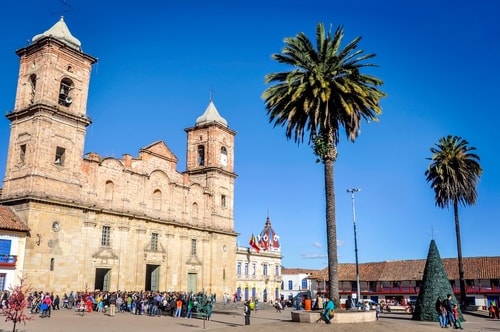
ZIPAQUIRA'
Zipaquirá is a city in central Colombia, northeast of Bogotá. It’s known for its subterranean Salt Cathedral, a church in a vast salt mine featuring the Stations of the Cross carved out of rock salt. Just outside is a monument to miners. The Zipaquirá Archaeological Museum has pre-Columbian artifacts. The Casa del Nobel Gabriel García Márquez is a cultural center in a building where the author studied in the 1940s.
BOGOTA

Bogotá is Colombia’s sprawling, high-altitude capital. La Candelaria, its cobblestoned center, features colonial-era landmarks like the neoclassical performance hall Teatro Colón and the 17th-century Iglesia de San Francisco. It is also home to popular museums including the Museo Botero, showcasing Fernando Botero's art, and the Museo del Oro, displaying pre-Columbian gold pieces.
CALI

Cali is a Colombian city in the Valle del Cauca department, southwest of Bogotá. It is known for salsa dancing (there are many clubs in the suburb of Juanchito). In Cali’s oldest quarter, the neoclassical San Pedro Cathedral houses paintings of the Quito School. Nearby is the 18th- and 19th-century San Francisco Religious Complex. La Merced Chapel is where the first mass was held after Cali was founded in 1536.
CARTAGENA

Cartagena is a port city on Colombia’s Caribbean coast. By the sea is the walled Old Town, founded in the 16th century, with squares, cobblestone streets and colorful colonial buildings. With a tropical climate, the city is also a popular beach destination. Reachable by boat are Isla de Barú, with white-sand beaches and palm trees, and the Islas del Rosario, known for their coral reefs.
IPIALES

Ipiales is located on the high plateau called "Tuquerres e Ipiales." It is known for its proximity to Las Lajas Sanctuary, a Catholic pilgrimage site. One of the biggest festivals is called the "Black and White Carnival": during this event, people from Ipiales celebrate racial diversity, painting each other with make-up and a white soap called careoca.
MEDELLIN

Medellín is the capital of Colombia’s mountainous Antioquia province. Nicknamed the “City of Eternal Spring” for its temperate weather, it hosts a famous annual Flower Festival. Modern metrocables link the city to surrounding barrios and offer views of the Aburrá Valley below. Sculptures by Fernando Botero decorate downtown's Botero Plaza, while the Museo de Antioquia displays more of the Colombian artist’s work.
PASTO

Pasto is a city in western Colombia known for its Blacks and Whites Carnival. The Carnival Museum houses giant figures used in the celebratory parades. The colonial, Moorish-influenced Temple of St. John the Baptist sits beside central Nariño Square. The Banco de la República Gold Museum displays pre-Columbian artifacts. Southwest of Pasto is Las Lajas Sanctuary, a Gothic church built into a gorge.
POPAYAN

Popayán is a city in western Colombia, southwest of Bogotá. It's known for its whitewashed colonial buildings and as a religious center with popular Holy Week processions. The city's many churches include the domed, neoclassical Cathedral Basilica of Our Lady of the Assumption and the 17th-century Church of La Ermita. In the city’s heart, tree-shaded Caldas Park is home to a 17th-century clock tower.
SANTA MARTA

Santa Marta is a city on the Caribbean Sea, in the northern Colombian department of Magdalena. A busy port, it was also the first Spanish settlement in Colombia. It is the gateway for trips into the Tayrona National Natural Park, and for multiday guided treks to the Lost City (Teyuna) archaeological site in the Sierra Nevada mountains.
VILLA DE LEYVA

Villa de Leyva is a Colombian town northeast of Bogotá. It is known for its whitewashed colonial buildings, cobbled lanes and vast Plaza Mayor. On that square are the early 17th-century Our Lady of the Rosary church and the House of the First Congress of the United Provinces, where new laws were drafted after independence in 1812. Southwest of the plaza is the Antonio Nariño House Museum, where this war hero died.
ZIPAQUIRA'

Zipaquirá is a city in central Colombia, northeast of Bogotá. It’s known for its subterranean Salt Cathedral, a church in a vast salt mine featuring the Stations of the Cross carved out of rock salt. Just outside is a monument to miners. The Zipaquirá Archaeological Museum has pre-Columbian artifacts. The Casa del Nobel Gabriel García Márquez is a cultural center in a building where the author studied in the 1940s.
MAP

VIDEOS
Check out my YouTube page for all videos!
RESOURCES
This section is currently under construction.


